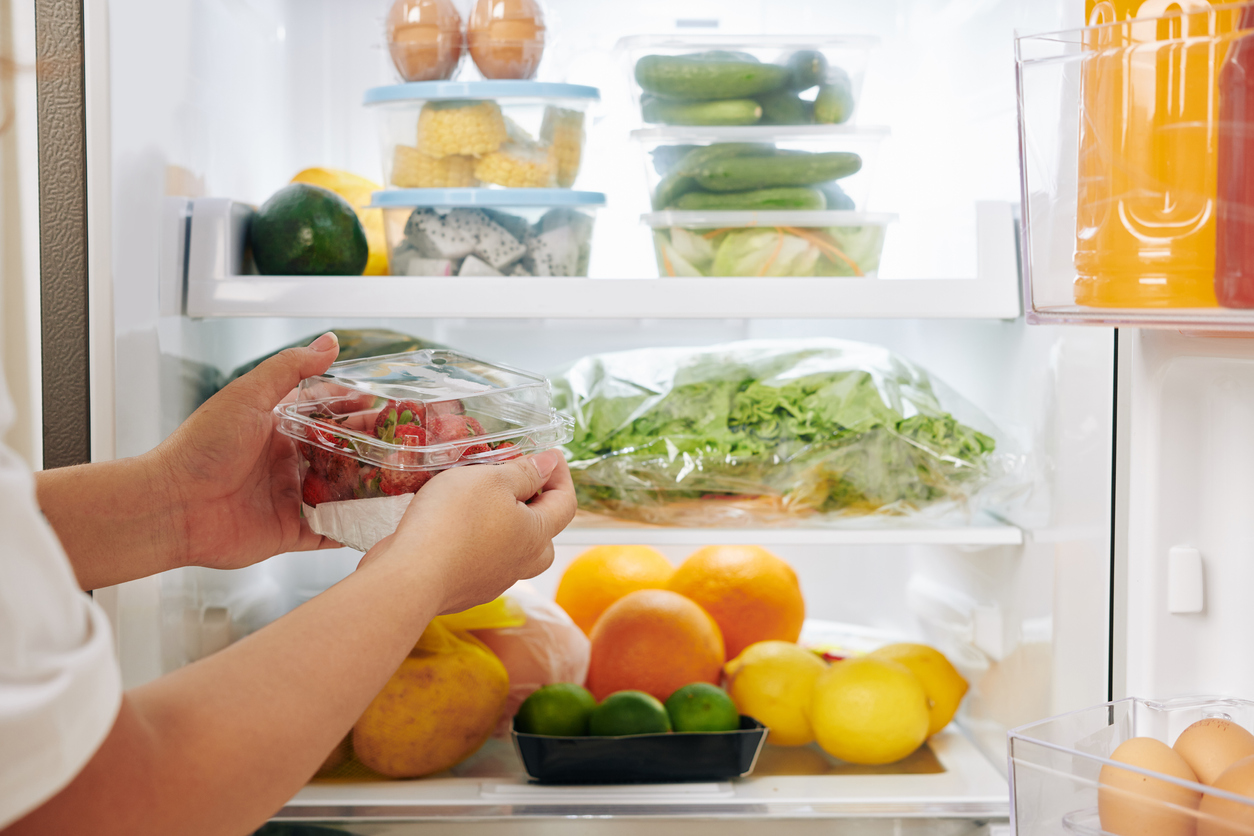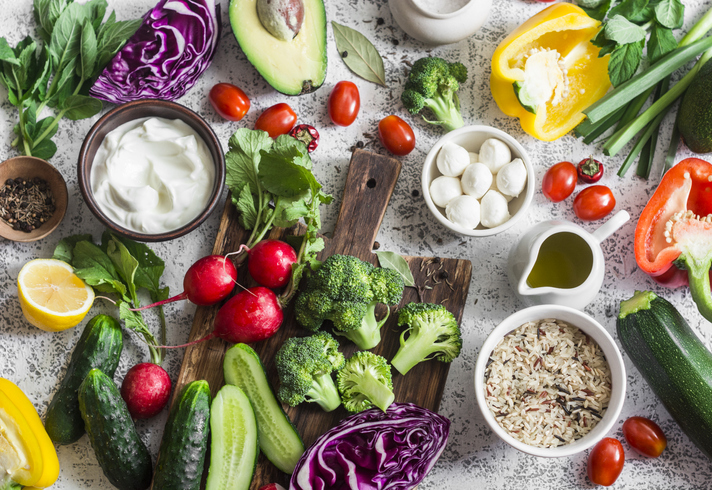
Shopping on a Budget
The cost of food is continually rising—or maybe it’s just the kids getting older and eating so much more! No matter the size of your household, we are all looking for ways to save money and the grocery store is one of the likely targets each week. So how do you balance the need for nutritious food plus a few treats and not blow the budget? The following tips may help:
- Check the fridge and freezer before making your meal plan and grocery list. Throwing away good food that has gone bad is the worst way to waste money. And that list is key—always take one to the grocery store and avoid shopping when you’re hungry.
- Check the store specials while you are making your list. You should only stock up on food you can definitely eat. Keep in mind that deals like buy 4, get 1 free often still applies if you only buy 2 of the item. Also look for store-brand or generic products instead of brand names—often the quality is comparable but the price is much lower.
- To meet the Canada’s Food Guide recommendation of half your plate vegetables and fruit, then half your grocery cart should be filled with produce—whether fresh, frozen or canned. Check the freezer section for specials on plain frozen vegetables and fruit—you pay extra for sauces and flavourings and they usually contribute less healthy nutrients like sodium and sugar. When purchasing fresh produce, try to ensure some items are less perishable (e.g. cabbage, root vegetables, collard greens, citrus fruit, apples, pears, avocados). You can save these for later in the week and use up more perishable items first (e.g. berries, melons, lettuce, mushrooms). Buying fresh, local and in season can also help save money.
- One of the best places to save on groceries is with whole grains. Choose those with only one ingredient for the best price, like bulk packaged oats, brown rice, barley, millet, pasta and whole grain flour. Generally, these cost less than half of their flavoured counterparts like boxed breakfast cereal, instant oat packets, or rice or pasta in sauce.
- Protein foods tend to be where we spend most of our grocery dollars but we can find savings here too. Canada’s Food Guide recommends choosing plant-based proteins more often and there is nothing more affordable than dried (or canned) legumes and pulses and tofu. These should make up one of your meals most days of the week for optimal budgeting and health. Choose more affordable nuts and seeds, like peanuts and sunflower, ideally no or low sodium versions. Stock up on canned salmon, tuna and sardines, especially when on sale. When buying chicken, purchase the whole bird rather than cuts for the best deal. After roasting or grilling it, save the bones to make stock. Limit red meat purchases to more affordable cuts and only buy enough for 1 meal for the week. Avoid preserved and deli meats which may contain high levels of sodium and often go bad quickly once opened.
- Limit your time in the center aisles of the store, where most of the highly processed foods are found. Consider buying just one treat per family member or rotate who chooses a treat each week.
Finally, do not forget about food banks—either to use one if in need or support them if you are financially able. They are an essential service in our communities that many individuals and families rely on, especially in difficult times like COVID-19. To access one in your area or to donate, visit: https://www.foodbanksbc.com/



